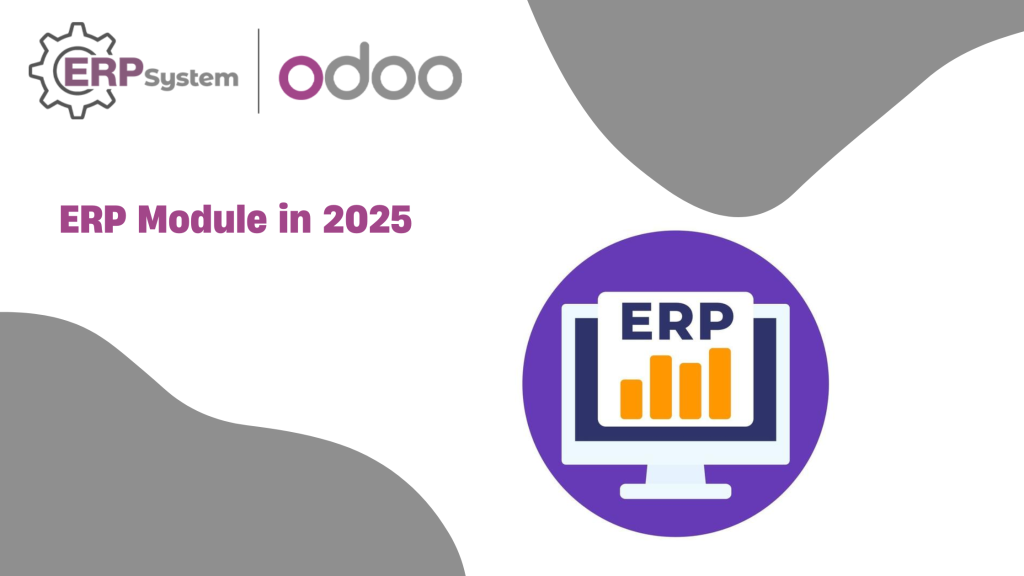
I. Introduction
India’s business landscape is rapidly evolving. Post-2024, small and medium enterprises (SMEs) are no longer operating in silos. With rising expectations from customers, government regulations tightening around GST compliance and e-Invoicing, and AI-driven decisions becoming the norm, traditional ways of running a business just don’t cut it anymore.
II. The Pain Points of Indian SMEs Today
Many Indian SMEs still run on spreadsheets, paper invoices, and disconnected software tools. While this may have worked a decade ago, today’s business complexities expose the cracks:
-
- Manual processes lead to errors, time loss, and poor accuracy.
-
- Managing GST, payroll, inventory, and HR across separate systems slows operations.
-
- There’s little to no real-time visibility on cash flow, stock levels, or customer data.
-
- Scaling becomes a challenge with legacy systems like Excel or standalone accounting software.
III. What is an ERP, and How Does it Work?
For those unfamiliar, ERP (Enterprise Resource Planning) is a business management system that integrates all your core functions—Accounting, Inventory, Sales, CRM, HR, POS, and more—into a single platform.
Instead of juggling multiple tools, an ERP brings everything under one dashboard with a centralized database, ensuring:
One version of truth
Faster, smarter decisions
Higher transparency across departments
Whether you’re a manufacturer in Coimbatore or a retail chain in Delhi, ERP ensures that your operations run like a well-oiled machine.
IV. Key Reasons Why SMEs Must Adopt ERP in 2025
1. Regulatory Compliance is Getting Stricter
With the government pushing for e-Invoicing, TDS reconciliation, and real-time GST reporting, compliance is no longer a back-office task. ERP solutions like Odoo automate tax rules, validate invoices, and generate reports in formats required by authorities—saving SMEs from hefty penalties.
2. Digital Transformation is Now a Survival Strategy
Initiatives like Digital MSME, UDYAM registration, and the ONDC e-commerce platform are reshaping the Indian market. Buyers, sellers, and vendors now demand digital coordination. If your business isn’t integrated digitally, you’re likely to be overlooked.
3. Better Control = Better Growth
ERP platforms offer real-time dashboards and business analytics. You can track every order, inventory update, customer query, or payment delay in a click. This level of control helps you make data-backed decisions and pivot faster in a competitive environment.
4. Cost Efficiency in the Long Run
While ERP implementation has upfront costs, it significantly reduces human errors, duplicate tasks, and time wasted switching between systems. Over time, you spend less on admin, reduce manpower dependency, and eliminate costly mistakes.
VI. Why Odoo is Ideal for Indian SMEs
Not all ERP systems are made equal. Odoo stands out for Indian SMEs because:
GST-ready with built-in tax rules
Modular system – pay only for what you need (CRM, POS, HRMS, etc.)
Scalable for micro to mid-sized enterprises
User-friendly UI and quick onboarding
Integration with e-Invoicing, TDS, UPI, and WhatsApp
VII. Conclusion
2025 is not just another year—it’s a turning point for SMEs in India. As compliance, competition, and customer expectations increase, ERP is no longer a luxury—it’s a necessity.
Businesses that adopt ERP early will gain speed, control, and profitability. Those who delay may find themselves drowning in inefficiency and regulatory issues.
